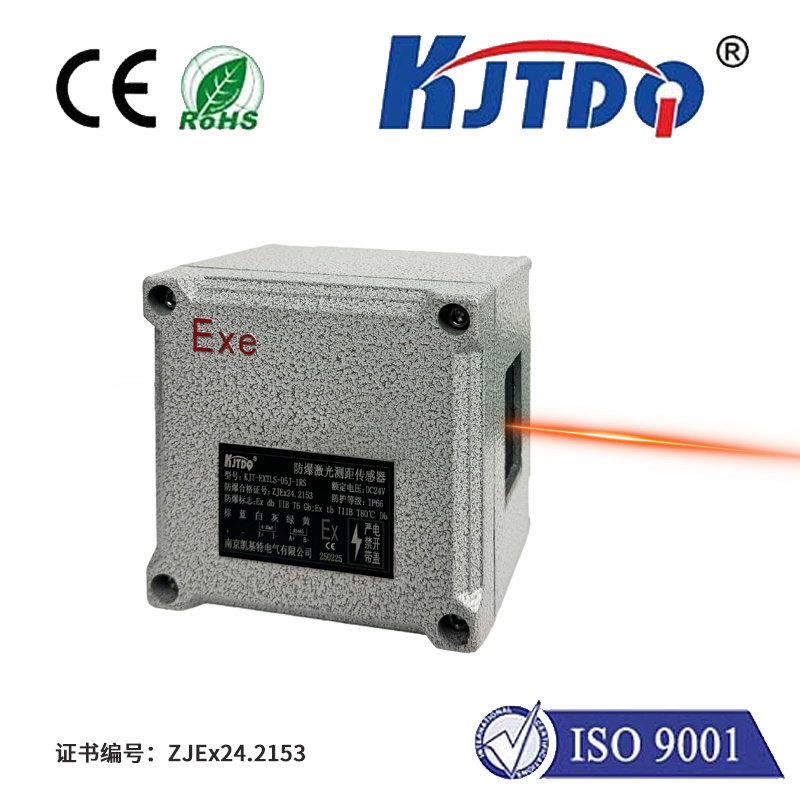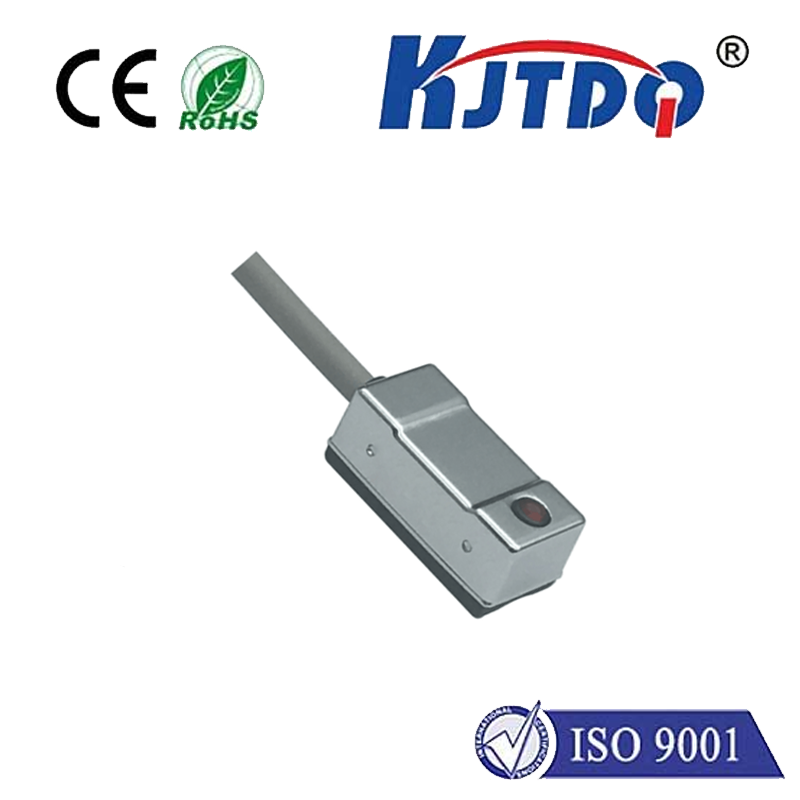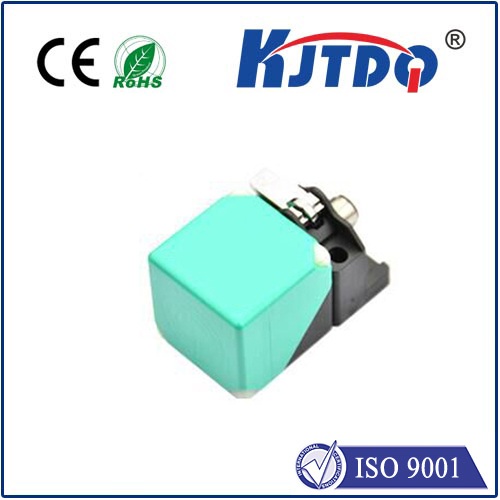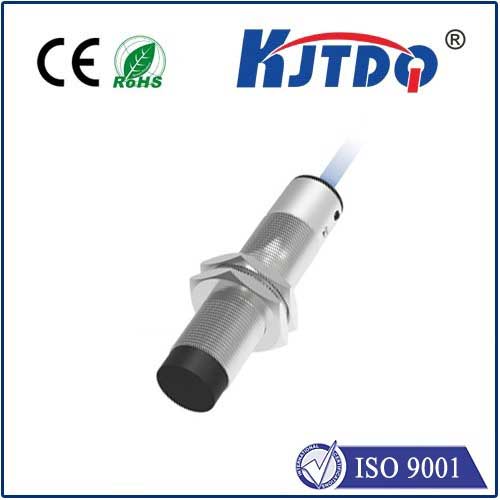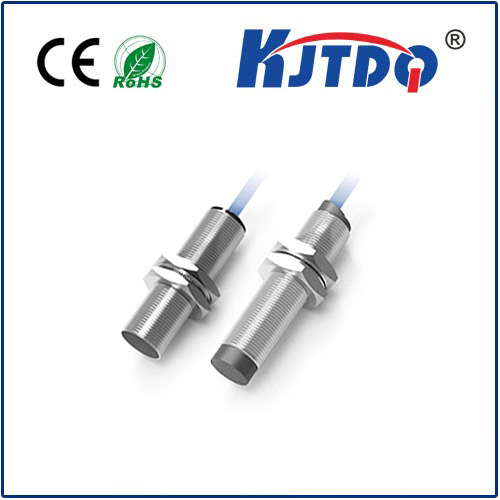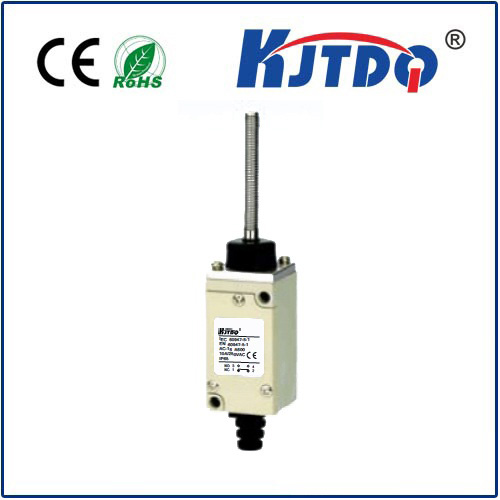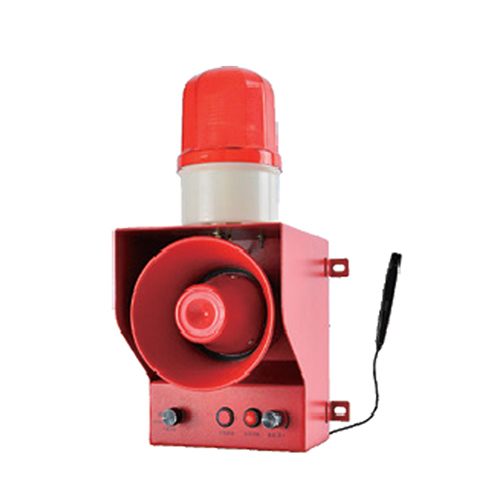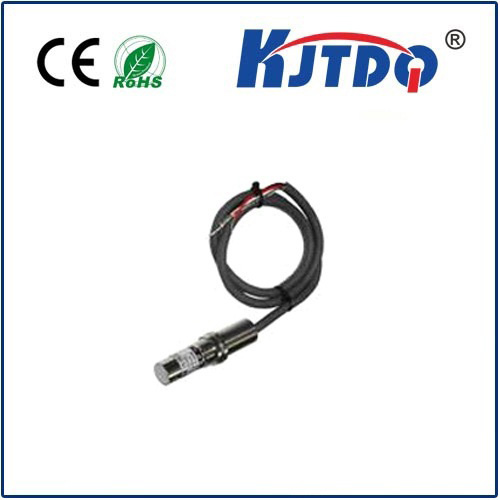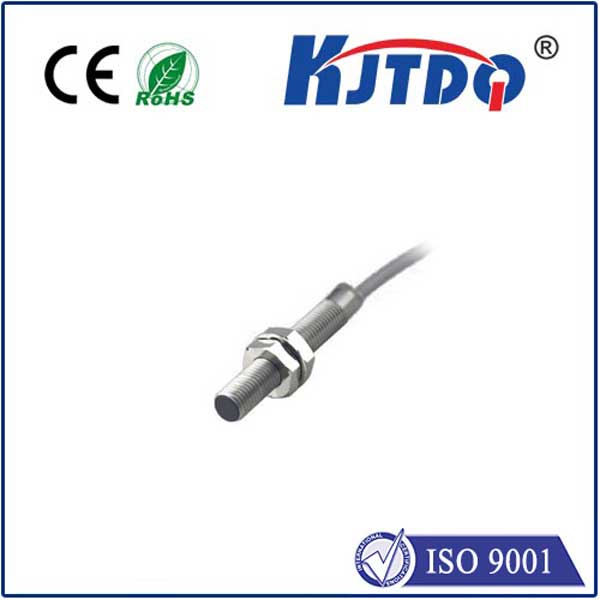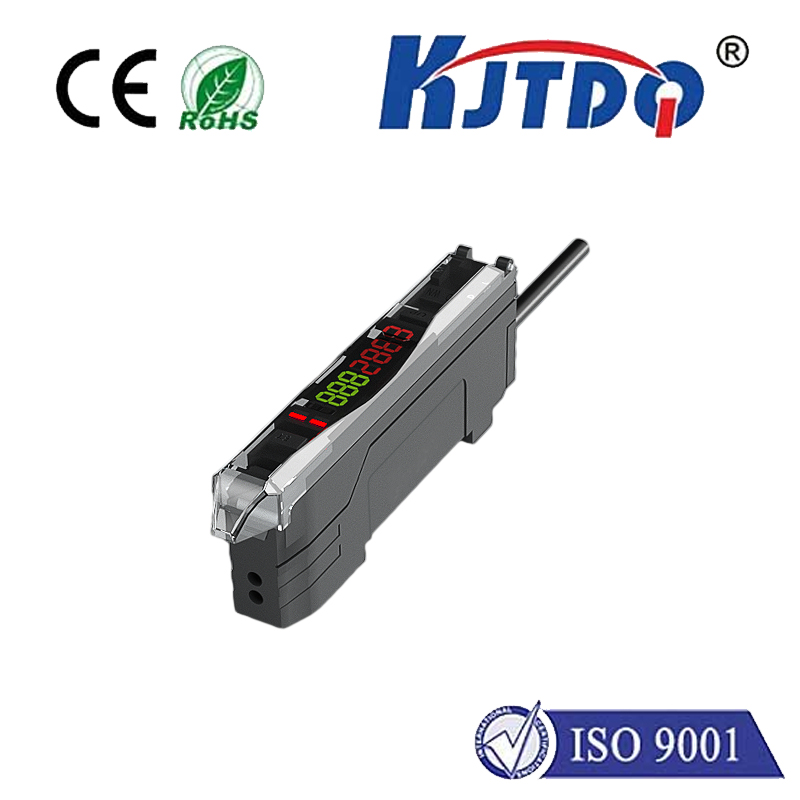bernstein proximity sensor
- time:2025-06-16 16:59:45
- Click:0
Bernstein Proximity Sensors: Precision Non-Contact Detection for Demanding Industries
In the intricate ballet of automated machinery and safety-critical systems, knowing where things are without touching them is paramount. False triggers, sensor failures, or imprecise detection can lead to costly downtime, compromised product quality, or even hazardous situations. This is where proximity sensors shine, and within this essential category, Bernstein stands as a beacon of German-engineered reliability. Understanding the fundamentals of proximity sensing technology and the specific advantages offered by Bernstein proximity sensors is key to optimizing performance and safety in industrial environments.
What is a Proximity Sensor and How Does it Work?
At its core, a proximity sensor is a device that detects the presence or absence of an object within its sensing range without physical contact. This non-contact detection minimizes wear and tear, prevents damage to delicate objects, and enables high-speed operation.
The most prevalent type in industrial settings is the inductive proximity sensor. These sensors generate an electromagnetic field. When a metallic (typically ferrous, though some detect non-ferrous metals) target enters this field, it induces eddy currents within the metal. This interaction dampens the sensor’s oscillation amplitude, triggering a solid-state electronic switch (PNP or NMP) within the sensor. The result is a clean, bounce-free output signal indicating the object’s presence. Capacitive sensors, another type, detect non-metallic objects like plastic, wood, or liquids by sensing changes in capacitance caused by the object entering the sensor’s electrostatic field. Bernstein offers robust solutions across both technologies.

The Bernstein Difference: Engineering for Harsh Realties
Bernstein, a globally recognized German manufacturer with a heritage spanning decades, has built its reputation on precision engineering, rugged durability, and uncompromising quality. A Bernstein proximity sensor isn’t just another component; it’s a strategically selected element designed for longevity and performance in challenging conditions.
- Superior Materials and Construction: Bernstein sensors frequently feature housings crafted from high-grade stainless steel (e.g., V4A/AISI 316L), offering exceptional resistance to aggressive chemicals, salt sprays, and corrosive environments common in food processing, chemical plants, or marine applications. Even their plastic-bodied sensors utilize engineering plastics for maximum resilience.
- Extreme Environmental Protection: Many Bernstein proximity sensors boast IP67, IP68, or IP69K protection ratings. This signifies an unparalleled resistance to dust ingress and high-pressure water jets, making them ideal for washdown areas, outdoor use, or extremely dirty industrial settings. They reliably withstand temperature extremes, vibration, and shock.
- Advanced Sensing Performance: Precision manufacturing ensures excellent switching repeatability (how consistently it detects at the same point) and high switching frequencies, enabling reliable detection on fast-moving machinery. Bernstein offers variants with extended sensing ranges and specialized designs for flush (shielded) or non-flush (unshielded) mounting, providing flexibility for diverse applications.
- Enhanced Immunity and Reliability: Robust electromagnetic compatibility (EMC) is engineered into Bernstein sensors, minimizing false triggering from motor drives, welding equipment, or other sources of electrical noise. This inherent stability is crucial for preventing costly production errors. Their design emphasizes long service life, significantly reducing maintenance requirements and replacement costs.
- Innovation and Versatility: Beyond standard inductive and capacitive sensors, Bernstein offers specialized solutions:
- Safety Sensors: Certified proximity sensors meeting stringent EN ISO 13849-1 (PL) requirements, vital for guarding applications like light curtains, safety gates (interlocks), and hazardous area access control.
- Teach-In Functionality: Many models feature intuitive teach-in buttons, allowing quick and easy adjustment of the sensing range directly on the sensor without complex programming tools.
- IO-Link Capability: Modern Bernstein sensors integrate IO-Link communication (IEC 61131-9), enabling digital data transmission far beyond simple switching. This allows for remote diagnostics, parameter setting, and monitoring of sensor health (predictive maintenance), aligning with Industry 4.0 principles.
- Specialized Form Factors: Including sensors designed for tight spaces, high-temperature applications, or specific mounting challenges.
Key Applications Where Bernstein Shines
The robustness and precision of Bernstein proximity sensors make them indispensable in numerous demanding sectors:
- Material Handling & Automation: Detecting pallets, boxes, robot arm positions, carrier presence on conveyors, end-of-travel limits.
- Packaging Machinery: Precise detection of bottles, cans, films, labels, and cap positioning at high speeds.
- Automotive Manufacturing: Monitoring parts presence in presses, robotic welding cells, assembly line progression, and tool positioning.
- Food & Beverage Processing: Hygienic detection of containers, fill levels, cap presence, and conveyor flow within washdown environments (IP69K critical).
- Machine Tooling: Tool breakage detection, spindle position feedback, workpiece clamping confirmation, and coolant level monitoring.
- Safety Systems: As part of safety interlock devices (ESPE) on doors, guards, and access points to prevent machine operation when personnel are at risk.
Selecting the Right Bernstein Sensor
Choosing the optimal Bernstein proximity sensor involves considering several factors:
- Target Material: Ferrous metal, non-ferrous metal, or non-metallic? (Determines inductive vs. capacitive).
- Required Sensing Distance: What is the maximum distance the sensor needs to detect the target reliably?
- Mounting Constraints: Space limitations dictate flush or non-flush mounting, size, and shape.
- Environmental Conditions: Temperature extremes, exposure to chemicals/oils, potential for high-pressure washing? (Defines required IP rating and housing material).
- Electrical Requirements: Required voltage (12-24V DC, 24-240V AC/DC), output type (PNP/NPN normally open/closed), and connection type (cable or connector).
- Special Needs: Safety certification required? IO-Link connectivity? High switching frequency? Teach-in function?
By meticulously assessing these parameters, engineers and maintenance professionals can leverage the full potential of Bernstein proximity sensors to create more reliable, efficient, and safer industrial systems. Their reputation for enduring performance in the face of adversity makes them an investment that pays dividends in uptime, quality, and operational certainty. In the world of industrial automation, knowing you can trust your detection provides invaluable peace of mind.






